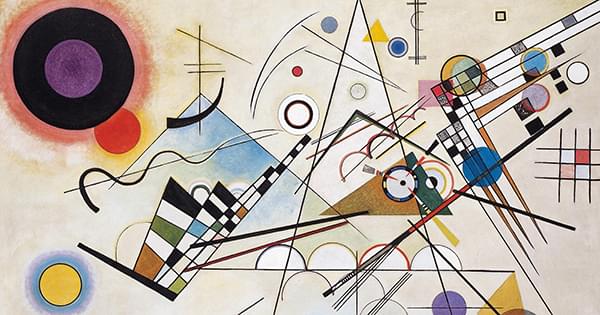An illustrated mid-career monograph exploring the 30-year creative journey of the 8-time Academy Award-nominated writer and director
Paul Thomas Anderson has been described as “one of American film’s modern masters” and “the foremost filmmaking talent of his generation.” Anderson’s films have received 25 Academy Award nominations, and he has worked closely with many of the most accomplished actors of our time, including Lesley Ann Manville, Julianne Moore, Daniel Day-Lewis, Joaquin Phoenix, and Philip Seymour Hoffman. In Paul Thomas Anderson: Masterworks, Anderson’s entire career—from Hard Eight (1996), Boogie Nights (1997), Magnolia (1999), Punch Drunk Love (2002), There Will Be Blood (2007), The Master (2012), Inherent Vice (2014), and Phantom Thread (2017) to his music videos for Radiohead to his early short films—is examined in illustrated detail for the first time.
Anderson’s influences, his style, and the recurring themes of alienation, reinvention, ambition, and destiny that course through his movies are analyzed and supplemented by firsthand interviews with Anderson’s closest collaborators—including producer JoAnne Sellar, actor Vicky Krieps, and composer Jonny Greenwood—and illuminated by film stills, archival photos, original illustrations, and an appropriately psychedelic design aesthetic. Masterworks is a tribute to the dreamers, drifters, and evil dentists who populate his world.





